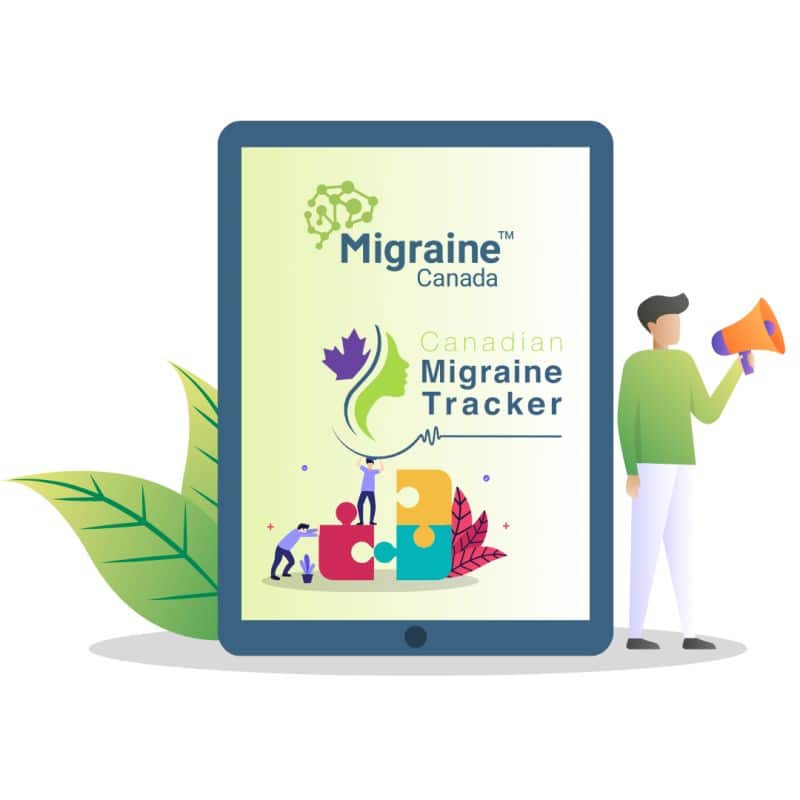What is the role of physiotherapy in managing migraine and other headache disorders? What do physiotherapists do? Does it work effectively, and how can we determine if recommending physiotherapy is worthwhile? In this article, we offer some key insights into the evaluation and personalized approaches of physiotherapy for migraine and headache disorders.
Physiotherapy Evaluation
The physiotherapy evaluation for migraine and other headache disorders includes a thorough assessment of range of motion, strength, pain, and posture for different muscles. If your migraine is associated with neck and shoulder pain, it could be that the biomechanics of this crucial area of your body are triggers.
To understand how this complex mix of muscles interacts (referred to as biomechanics), a careful exam is needed. One tense muscle can be a protective reaction to a weak muscle elsewhere. It takes significant knowledge of anatomy and experience to identify the source of the problem.
Tight Muscles Should Not Necessarily Be Stretched
Are you familiar with tight muscles? Stretching them might not be the right solution! Some muscles become tight because they are weak and already too stretched, while other muscles need to be stretched to allow them to relax. It’s complicated but not impossible to address.
The Physiotherapy Evaluation is Personalized
Our bodies are different and are influenced by our daily activities. While a “template exercise sheet” for migraine patients might seem ideal, exercises must be tailored to each person to increase the chance of success and reduce the risk of harm. You need your own personalized program.
Diverse Physiotherapy Approaches
There are various physiotherapy approaches, such as craniosacral therapy and manual therapy. Some physiotherapists are also trained in osteopathy. Techniques vary: some use manipulations, others focus on exercises. Some do dry needling, others don’t. These approaches have been studied separately, but a physiotherapist may use a combination.
The Therapist-Patient Relationship
Part of the benefit of physiotherapy comes from the relationship with the therapist. A good therapist will gain your trust, empower you, and contribute to your improvement. This is true for any healthcare relationship. A good physiotherapist will help you reach your goals and make progress actively, not only with passive techniques.
Muscle Use and Proprioception
Exercises do more than increase muscle mass; they improve how we use our muscles. Learning exercises isn’t solely about strengthening muscles, but also about mastering how to engage and move them correctly. Proprioception—communication between your brain and the body part you’re moving—is key to this. If movements are blocked by pain or limited range of motion, working on proprioception can make a significant difference in a short time, allowing strength to improve.
TENS Treatment Alone May Not Be Enough
There are stories of people seeing a physiotherapist, receiving minimal examination, and being left with a transcutaneous electrical nerve stimulation (TENS) machine for a few sessions. This is rarely sufficient if you experience migraine related to the neck/shoulder complex. Consider seeing another therapist.
Adapting Exercises for Pain
Some people stop physiotherapy after two sessions because the exercises triggered their migraine or headache condition. While it’s normal to feel discouraged, progress may require a few more sessions. Perhaps the exercise was unclear, your proprioception wasn’t developed yet, or the physiotherapist overestimated your strength. Don’t give up—adjust and adapt.
Practice and Patience
Improvement can be seen after a few weeks of exercises, but regular practice and patience are necessary. Once you understand which muscles to stretch and strengthen, you’re on the right track for long-term maintenance.
In Summary
- Physiotherapy can make a difference in your life.
- Finding a skilled physiotherapist is key.
- Your biomechanics are unique, and the approach must be adapted.
- Many physiotherapy approaches can be used to help you.
- Patience and practice are essential if exercises are recommended.
References
- Fernandez-de-Las-Penas C, Cuadrado ML. Physical therapy for headaches. Cephalalgia. 2016;36(12):1134-42.
Post #712



